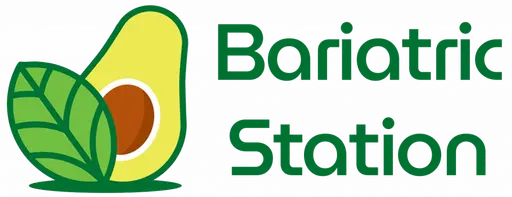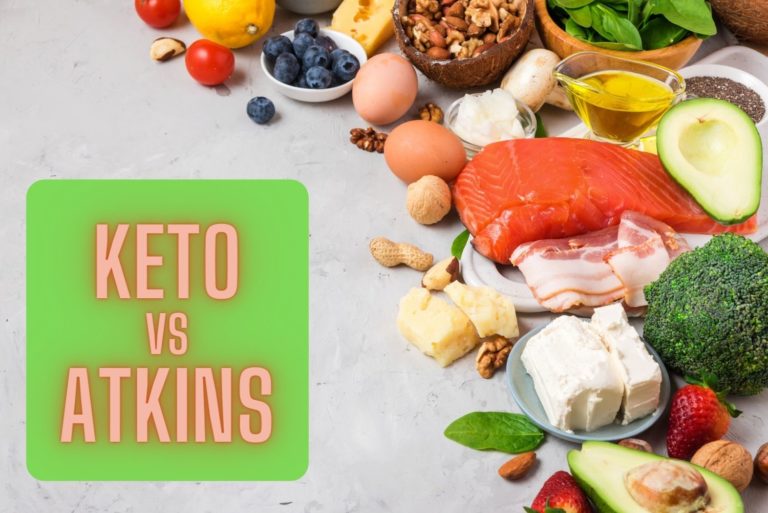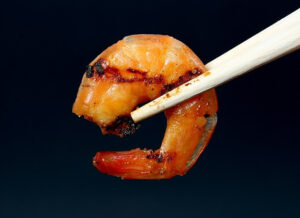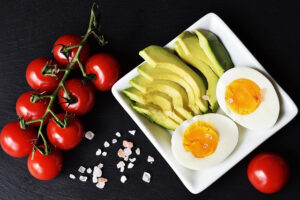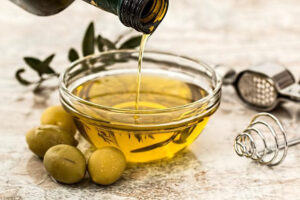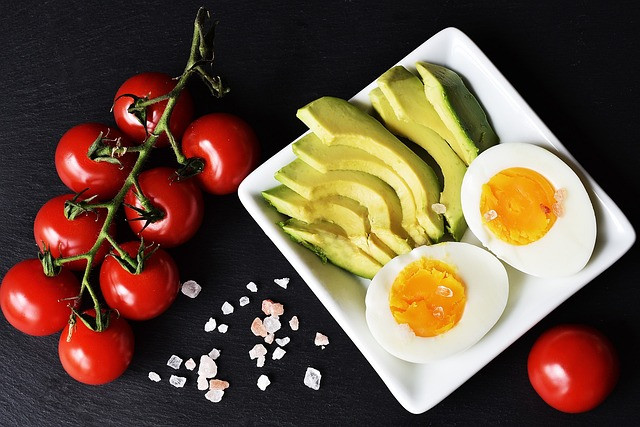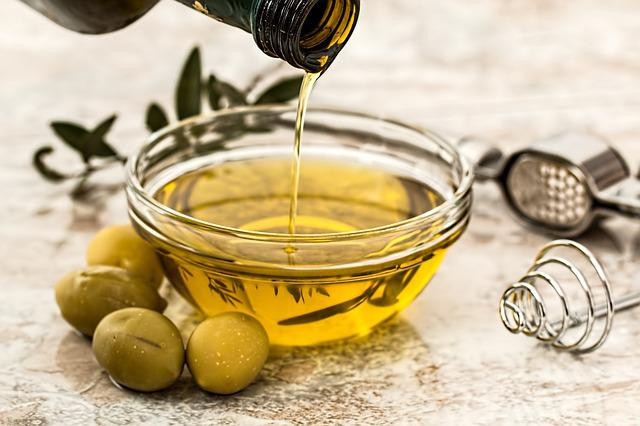Carbohydrates used to be considered one of the most important nutrients for the human, as it is a myth that it is the main energy source for the body’s survival and also for various functioning processes. But this nutrient also has a second reputation that it is one of the main causes of weight gain and obesity, the reason behind it is increased blood sugar levels and fat storage when you consume them in uncontrolled proportion. In this article, we will learn about keto vs Atkins.
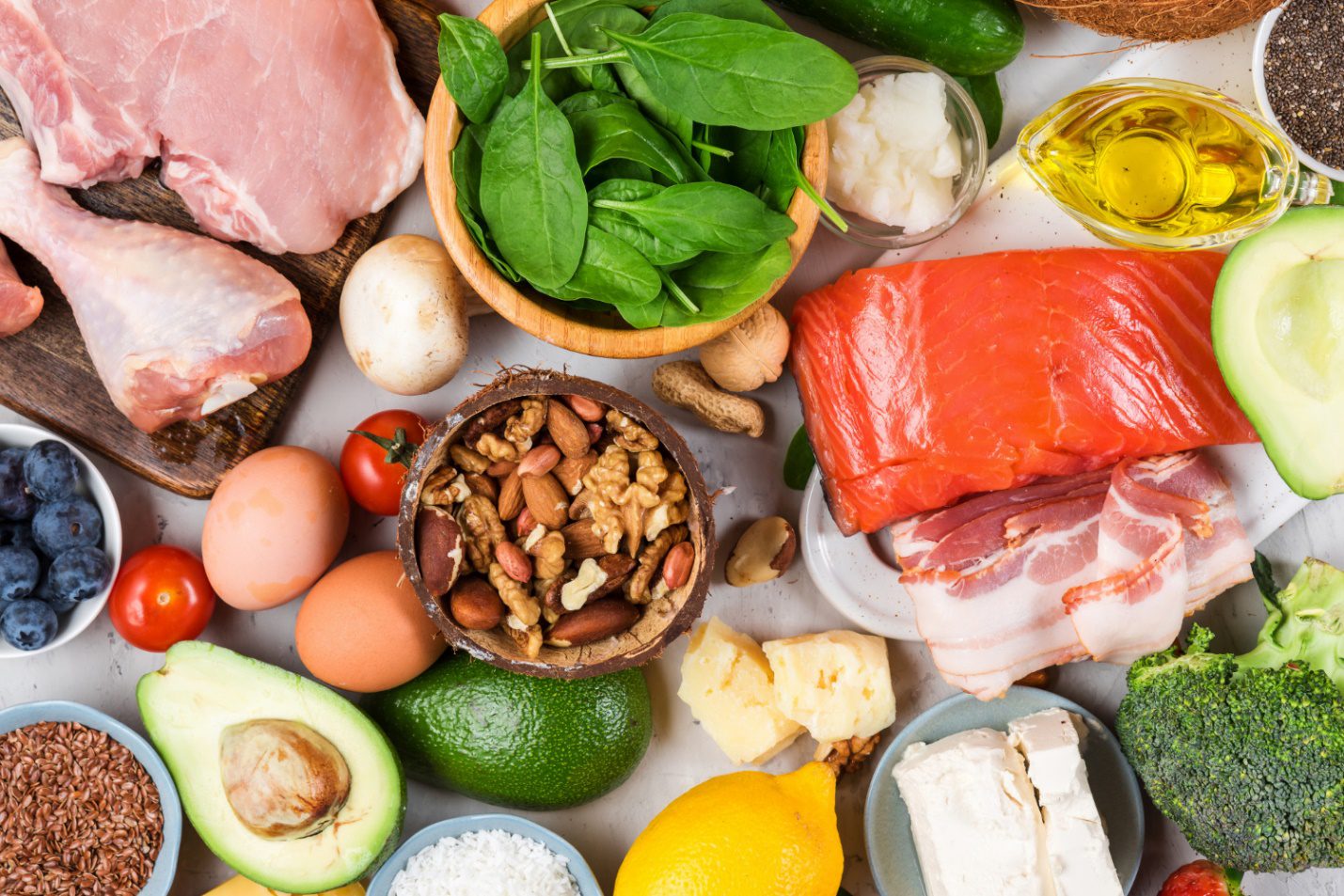
Because they are both bad and good sources of carbohydrates available and we always tend to eat the bad ones more like junk food, refined and processed products, etc. The dietitians have formulated low-carb diets which promote the lesser intake of carbohydrates and as a result maintain body weight and health. Ketogenic and Atkins are the two best and popular low-carb diet plans which people mostly follow when they have a problem of weight gain and obesity due to mindless eating and an unhealthy lifestyle.
What is the Keto Diet?
The keto diet is a plan which is characterized by very low carb and high-fat consumption, with protein in moderation. It includes a vast reduction in the carb intake to a point of only 5 % to 10 % per day, the remaining gap is filled with fat intake. This change of nutrients starts a metabolic process in the body known as ketosis. It stimulates the extra fat to burn efficiently and also to produce ketones which can be the energy fuel for the brain and body.
The keto diet causes a massive reduction in blood sugar levels which helps you with weight loss and other unbalanced body functions.
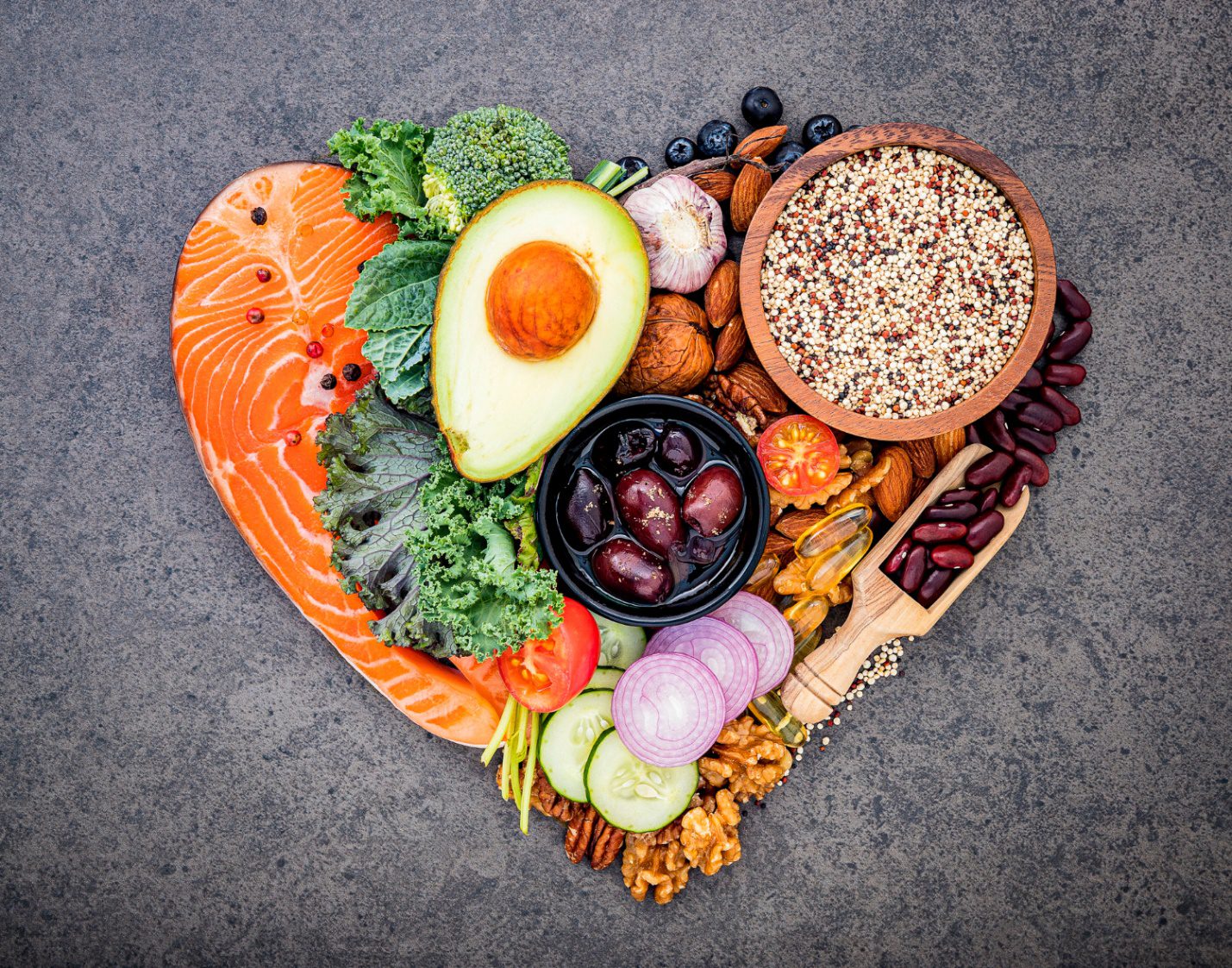
Foods to Consume and to Avoid in Keto Diet
Foods to consume
Here is a list of what to eat on a keto diet:
- Red meat, beef, and chicken
- Fatty fish
- Low-carb vegetables such as tomatoes, spinach, peppers, broccoli, etc.
- Low-sugar fruits such as berries, avocado, citrus fruits
- Dairy products such as eggs, unprocessed hard cheese, grass-fed cream, and butter.
- Nuts and seeds
- Condiments such as herbs, spices, salt, and pepper
- Sauces such as salsa, guacamole, pesto, yellow mustard, hummus
- Healthy oils such as avocado oil, coconut oil, olive oil.
Foods to avoid
Here is a list of what not to eat on a keto diet:
- Grains and starch-based products such as wheat, corn, oats, rice, cereals, pasta, etc.
- Sugary fruits such as bananas, mango, apple, grapes, etc.
- Starchy vegetables such as peas, potato, carrot, etc.
- Unhealthy processed vegetable oils.
- Sauces such as mayonnaise, ketchup, barbecue, honey mustard, etc.
- Beans and legumes
- Refined sugar
- Processed foods
Drinks:
- Water
- Lemon infused water
- Herbal tea
- Low-carb smoothies
- Nut-based milk such as almond milk etc.
Health Benefits:
- It helps you with weight loss
- Maintained blood sugar levels
- Improved body energy and mood
- Maintained and healthy lifestyle
- Excluding mindless and unhealthy eating
- Healthy fats are benefits for heart health, skin and brain functions
What is the Atkins Diet?
Atkins is a low-carb diet plan which is mostly recommended for weight loss, it involves high-fat and high protein consumption which results in reduced appetite, maintained weight, and other health improvements. It allows a person to eat as much fat and protein they want, as carbs are the main nutrient to cause weight gain and increased blood sugar levels. This diet plan is divided into four phases which are:

Phase 1:
This is the induction step in which you eat only 20 grams of carbs each day for 2 weeks and consume high-fat, high protein foods. This assembly of nutrients will help you to start the diet plan with a minor change which will be more adapting for the body.
Phase 2:
This is the balancing step where you stabilize between fat, protein, and carb but still carb will be least and very minor in quantity.
Phase 3:
This is the tuning step where you will be reaching the weight goal and you start to add more healthy carbs to the diet plan until weight loss gradually starts to slow down. This will help you not to regain the weight you have lost by balancing the diet pattern.
Phase 4:
This is the maintenance step where you can add as much carbs you want to eat and that amount which is tolerable for you without gaining the weight again.
These phases are not necessary to follow but they will keep you more organized with the Atkins diet and also it will be much more effective than a random diet plan. This diet plan is very flexible, you can skip the first phase for more elasticity in the eating pattern or you can just follow the first phase for fast weight loss, the choice is yours and also what your doctor or dietitian has to say about it.
Problems with Atkins diet
While it may seem Atkins is a good diet plan, there are some issues involving this diet.
- It recommends consuming no more than 1-3 cups of vegetables every day. We’ve got it about halfway, which is significantly too low and will develop a fatty liver.
- Take a protein snack if you aren’t hungry – this is bad advice because it will spike insulin. Increasing insulin levels raises blood sugar, causing you to be hungry again. Additionally, they advise against skipping meals, which is lousy advice as eating in general boosts insulin production.
- They recommend that artificial sweeteners are acceptable – this will cause insulin to spike.
- The Atkins diet allows for five modest meals per day. This then triggers insulin release fivefold, thereby putting you out of fat burning mode.
- Atkins says that a meal is not to be missed. It is ok to skip a meal when you are fasting and burning fat, as hunger is not a consideration. After that, your body will consume its own fat.
- A further terrible notion, as excessive protein hinders fat burning, is not the Atkins Diet’s limit on protein.
Foods to Consume and to Avoid
Foods to consume
Here is a list of what you should eat on an Atkins diet plan:
- Fatty fish and seafood
- Red meat, beef, and chicken
- Low-carb vegetables such as kale, spinach, tomatoes, etc.
- Full-fat dairy products such as eggs, cheese, butter, cream, full-fat yogurt, etc.
- Nuts and seeds
- Moderate-carb fruits such as strawberries, avocadoes, etc.
Foods to avoid
Here is a list of what you should not eat on an Atkins diet plan:
- Sugary products such as soda drinks, candies, juices, etc.
- Grains such as rice, wheat, oats, barley, rye, etc.
- Processed vegetable oils
- Starchy foods but only in the induction phase
- High-carb vegetables such as carrots, potatoes, peas, turnips but only in the induction phase.
- Legumes and beans but only in the induction phase
- High-carb fruits such as grapes, mango, banana, etc. but only in the induction phase.
Drinks:
- Water
- Black coffee
- Green tea
What are the Differences between Keto and Atkins?
Here are the differences between the two low-carb diet plans, keto, and Atkins:
Nutrients percentages:
However, both the diets plans are low-carb and promote high fat and protein intake but there is still quite a difference between the percentages of each nutrient;
Keto diet
Nutrients consumption per day:
- Fat: 75 % to 90 %
- Protein: 15 % to 25 %
- Carb: 5 % to 10%
Atkins diet:
Nutrients consumption per day:
- Fat: 55 % to 75 %
- Protein: 24 % to 35 %
- Carb: 10 % to 15%
In keto, fat is the main focus while in Atkins, both fat and protein are the main focuses and the carb consumption is very low in keto and in Atkins the consumption is low and to the end of the diet, the intake becomes moderate.
Carb restriction:
In general, the keto diet is much more restricted than Atkins.
In keto, you reduce the carb intake to only 5 % to 10 % which is very minor and also makes your protein intake very compact, as the body can produce glucose from it which can disturb the ketosis state. The major calories you eat on this diet plan is from healthy fats rather than protein or carb
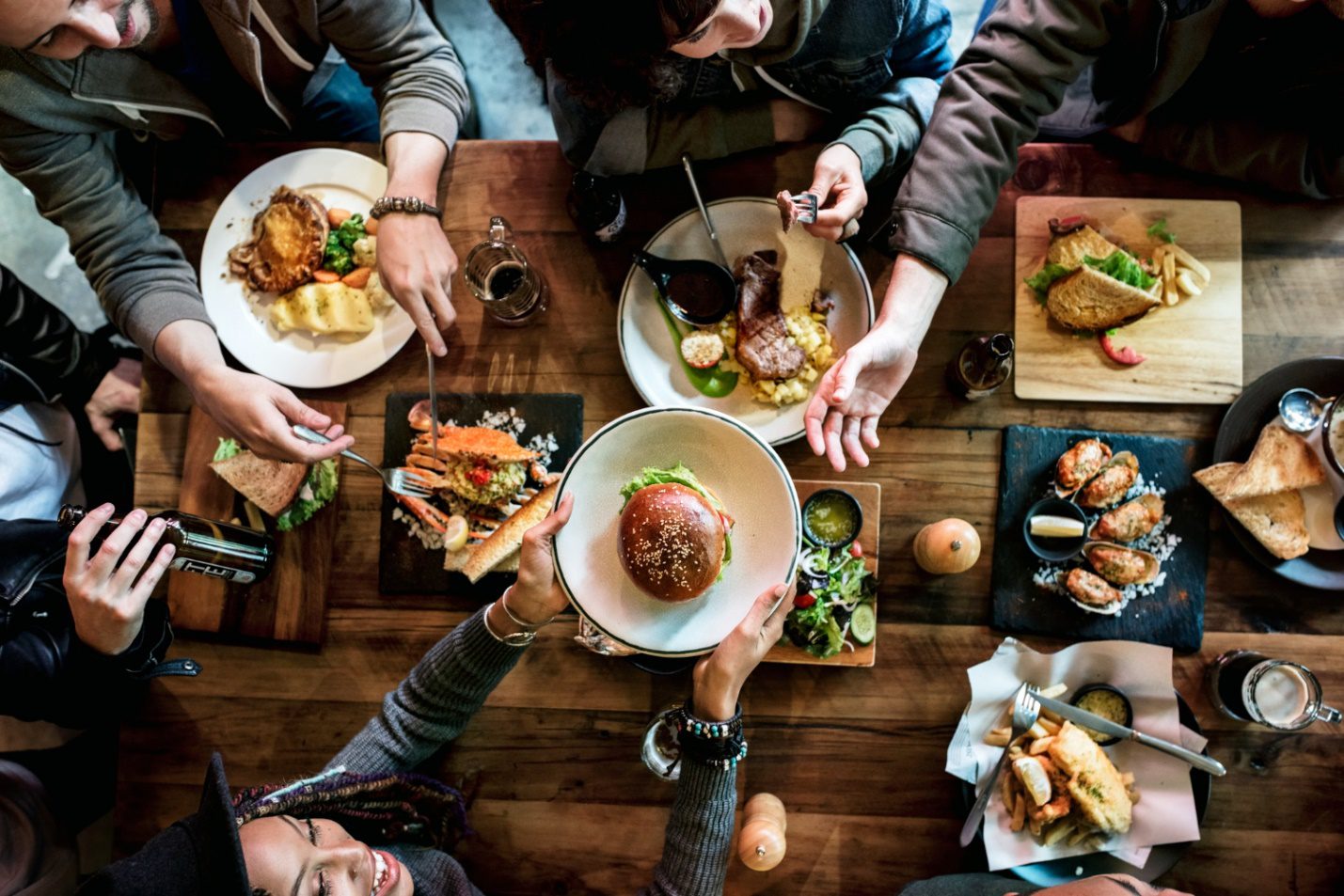
In Atkins, you reduce the carb intake only for the first two weeks to 10 % to 15 % with a moderate protein intake and as you start to approach the desired weight goal, you start to corporate more carbs into the diet. So, the major calories you eat on this diet are healthy fats and protein in the first two phases and then afterward moderate carb intake also gets involved.
Long term consistency:
There is no such medically evidence about which diet is healthier on a long-term basis, however, there are certain studies that since keto is a more restricted diet and it excludes more foods from the diet while the Atkins on the other hand, is more flexible and involves a diet pattern which is closer to a daily routine eating pattern.
Ketosis state:
However, in keto, this metabolic state is continuous and permanent if you follow the diet strictly and according to the plan while in Atkins, a person only experiences the ketosis state for the first and second phase as it has a strict carb restriction rather than the other two stages.
What are the Similarities between Keto and Atkins?
Here are the similarities between the two low-carb diet plans, keto, and Atkins:
Weight loss:
Both diets stimulate weight loss due to carb restrictions.
The weight loss process and reduced blood sugar levels are much more efficient and fats in keto because it is stricter in the nutrient intake than Atkins. But if you want to just maintain your body weight or lower the blood sugar levels then Atkins will do the trick.
Foods to eat:
Both the diet plans have a similar pattern of meal planning as food options are pretty much the same like lean meat, low-carb veggies, nuts, and seeds, etc.
Conclusion
Atkins and keto are both low-carb diet plans, with a similar base but a little different in nutrient percentage and also meal plan vise as keto is more on the restricted side than Atkins, Atkins let the person be creative and customizable with it. However, both diet plans have great and efficient outcomes for weight loss and maintaining the body as suggested by many scientific studies and people’s reviews.
